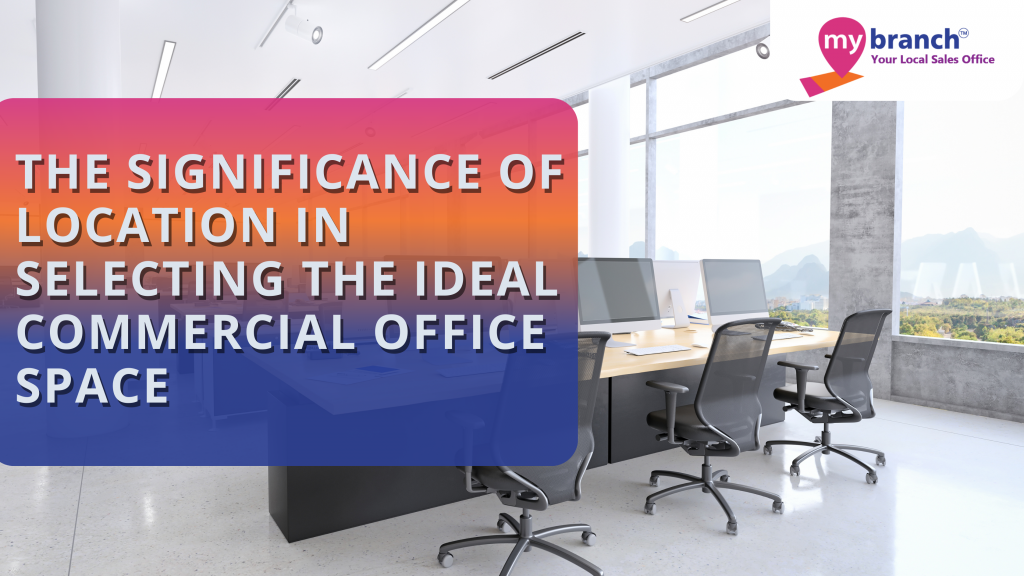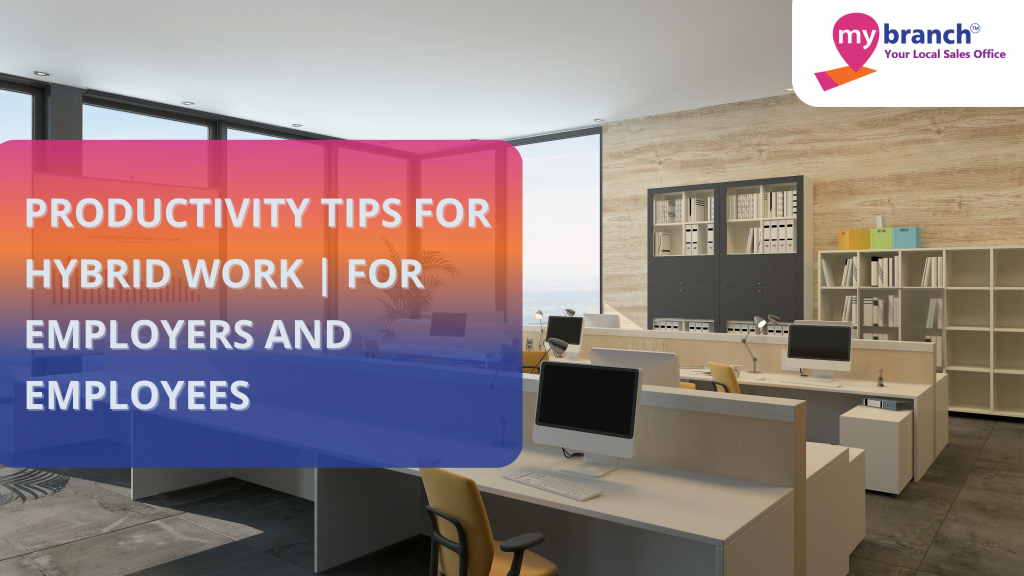
Hello there! If you’re on the verge of choosing your next commercial office space, you’ve come to the right place. Selecting the perfect location is more than just a real estate decision; it’s a strategic move that can profoundly impact your business’s success. In this blog, we’ll chat about why the location of your office is a big deal and how it can influence everything from growth to employee satisfaction.
1. Proximity to Your Target Market
Think about your target market. Who are your customers, and where are they located? If your business thrives on walk-in traffic (like a retail store or restaurant), you’ll want an office space in a high-visibility area where your potential customers hang out. For other businesses, such as B2B service providers, being close to similar companies within your industry can be a smart move.
2. Accessibility and Transportation
No one likes a daily commute nightmare, right? Consider how accessible your office space is for both your employees and your clients. Is it near major roads, public transportation, and parking facilities? Easy access not only makes life more convenient for everyone but also enhances your business’s appeal to potential talent, customers, and partners.
3. Competitor and Industry Clusters
You know the saying, “Keep your friends close and your enemies closer”? Well, being close to your competitors can be a good thing. In many industries, you’ll find geographic clusters of businesses. Proximity to competitors can lead to networking opportunities, potential collaborations, and access to a skilled workforce that’s familiar with your industry. However, it’s essential to weigh the pros and cons, as increased competition might be a trade-off.
4. Cost and Affordability
The money talk is inevitable when it comes to commercial office space for rent. Desirable and central locations usually come with a price tag, but sometimes, a less prominent location can save you some serious cash. The key is to find the sweet spot between a prime location and your budget. Do the math and ensure your chosen location aligns with your financial health.
5. Safety and Security
Your employees and clients should feel safe and secure in and around your office space. Check out crime rates and the general safety of the neighbourhood. Businesses in safer areas often have happier employees and more confident clients.
6. Brand Image and Perception
Your office location can shape your brand image and how others perceive your business. A prestigious address in a well-known business district can boost your company’s reputation and credibility. In contrast, an office in a run-down area might give off the wrong impression. What does your location say about your business?
7. Future Growth and Expansion
Thinking long-term is essential. Will the location you choose accommodate your business’s growth? Look for areas with available space for expansion or lease terms that allow for future adjustments. Relocating can be a costly and disruptive process, so it’s a wise move to plan for growth from the beginning.
8. Zoning and Regulations
Every locality has its own set of zoning regulations, which dictate what types of businesses are allowed in specific areas. Ensure your business activities are permitted in your chosen location and comply with local regulations. Ignoring this step can lead to costly legal and operational issues down the road.
9. Amenities and Support Services
Take a moment to think about the little things that can make a big difference. Are there restaurants, cafes, gyms, childcare facilities, and healthcare centers nearby? These amenities can make your office a more attractive place to work and can play a role in employee retention and satisfaction.
10. Environmental Impact
As the world becomes more eco-conscious, your business’s environmental impact matters. Look for a location that aligns with your sustainability goals and provides access to eco-friendly transportation options and green spaces. Your commitment to sustainability can be a selling point for both employees and clients.
Conclusion
So, there you have it. The significance of location in selecting the ideal managed office space or commercial office space can’t be overstated. It’s not just about where you work; it’s about how your business thrives. Carefully consider factors like proximity to your target market, accessibility, cost, safety, and future growth potential when choosing your office space. The right location isn’t one-size-fits-all; it’s tailored to your business’s unique needs, industry, and growth aspirations.
With a well-chosen managed office location, you’re setting the stage for increased productivity, employee satisfaction, and overall business success. Take your time, weigh your options, and make an informed choice. Your business’s future just might depend on it. Happy office hunting!




